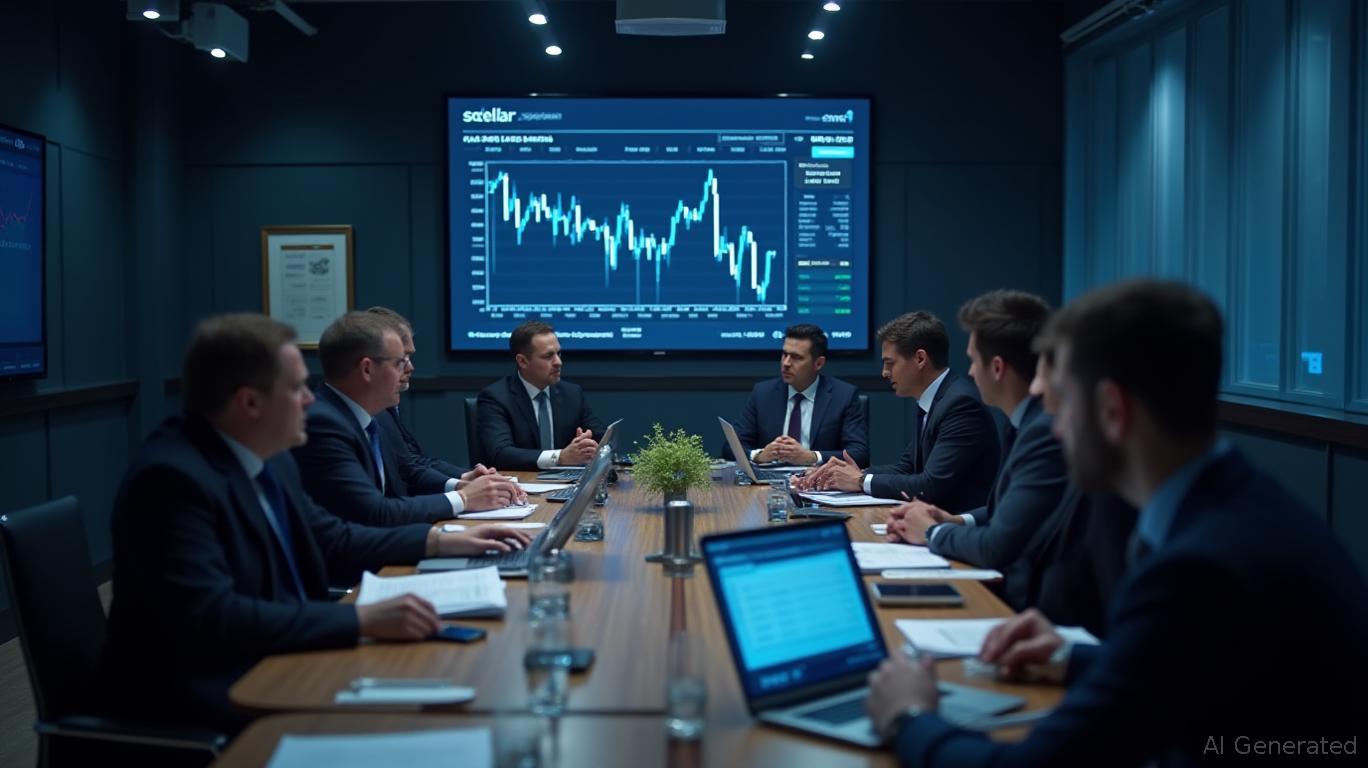AMTD's Merger Drives Revenue Growth, While TGE Faces Significant Debt Risk
- TGE's stock fell 39.88% amid liquidity issues and $405M liabilities, despite $574.69M in assets. - AMTD's TGE merger drove 1,085.9% revenue surge to $73.2M, but faces $6.1M finance costs and rising debt. - Analysts highlight AMTD's $899.1M asset base and luxury hospitality growth, yet warn of TGE's debt sustainability risks. - Market awaits AMTD's ability to stabilize TGE's liabilities while maintaining its 80-85% ammonia utilization targets.
The Generation Essentials Group (TGE), a significant figure in the asset management sector, has experienced a sharp 39.88% drop in its share price due to persistent financial headwinds, sparking investor unease. Despite reporting $77 million in revenue for the period and holding $574.69 million in net property, plant, and equipment, the company is contending with a highly leveraged capital structure and limited liquidity. Experts point out that TGE’s price-to-sales ratio of 0.93 and leverage ratio of 1.8 reflect efficient use of capital but also reveal weaknesses in its liquidity position, which currently totals $19.98 million, as stated in
At the same time,
The merger with TGE has also altered AMTD’s strategic direction. The company’s move into high-margin hospitality and media sectors is expected to drive long-term value, but it faces challenges from inflation and growing debt. TGE’s own financial difficulties, including $405 million in liabilities, have cast doubt on the durability of AMTD’s expansion. Observers believe that AMTD’s success in managing TGE’s debt and maximizing asset efficiency will be crucial for sustaining investor trust, according to the Timothy Sykes report.
In comparison, other companies in the energy and industrial sectors have reported varied outcomes. Fortum, a leading Nordic power producer, saw its comparable EBITDA fall by 25% to $175 million for July-September 2025, attributing the decline to lower production and unstable electricity prices, as per
As these shifts unfold, the TGE-AMTD merger emerges as a notable example of strategic consolidation. While AMTD’s revenue growth highlights the promise of cross-industry integration, TGE’s underlying financial instability serves as a warning. Investors are closely monitoring whether AMTD can manage TGE’s debt while leveraging new growth opportunities—a delicate balance that will likely shape the merged company’s future prospects.
Disclaimer: The content of this article solely reflects the author's opinion and does not represent the platform in any capacity. This article is not intended to serve as a reference for making investment decisions.
You may also like
Crypto Plunges Amid Conflicting Fed Messages and Concerns Over Data Breaches
- Crypto prices fell amid conflicting Fed signals and U.S.-China trade deal uncertainty, despite eased trade restrictions and a 25-basis-point rate cut. - A UK data breach case highlighted crypto's vulnerability to insider fraud, with regulators expanding enforcement against data misuse in financial crimes. - Market volatility intensified as Fed's halted quantitative tightening created liquidity uncertainty, echoing 2019's 35% Bitcoin drop after QT ended. - Analysts remain cautiously optimistic about long-

Stellar News Today: Major Institutions Place Significant Bets on Stellar’s Real-World Blockchain Expansion
- Stellar's XLM token stabilized near $0.30 as Q3 2025 saw 700% surge in smart contract invocations and $5.4B RWA volume. - Partnerships with Chainlink and PayPal USD expanded Stellar's cross-chain interoperability and stablecoin adoption in daily transactions. - Institutional investments and $2T RWA market projections position Stellar as a leader in compliant blockchain solutions for global finance. - Technical analysis shows XLM trading in a tight range with potential volatility if buyers control $0.35 r

Hong Kong's Stablecoin Regulations Balance Innovation and Investor Protection
- Hong Kong mandates stablecoin issuance by SFC-licensed providers to strengthen investor protection and market stability. - Regulators reject DAT structure conversions for listed firms, warning against inflated valuations exceeding crypto holdings' value. - The framework aligns with global trends but contrasts with U.S. permissiveness, balancing innovation against mainland China's stricter crypto controls. - Stablecoin transaction volumes hit $4.65T in late 2025, yet regulators stress education to mitigat

Bitcoin Updates Today: How Bitcoin Mining Supports Grid Reliability Amid Japan’s Green Energy Transition
- Canaan Inc. partners with Japanese utility to deploy 4.5MW hydro-cooled Bitcoin miners for grid balancing, marking Japan's first government-backed "digital load balancer" initiative. - Avalon A1566HA-488T servers use smart control chips to dynamically adjust mining operations, enhancing grid stability while consuming 8,064W per unit at 16.8J/TH efficiency. - Project aligns with Japan's crypto regulatory reforms and global "clean crypto" trends, leveraging surplus renewable energy for mining without strai
